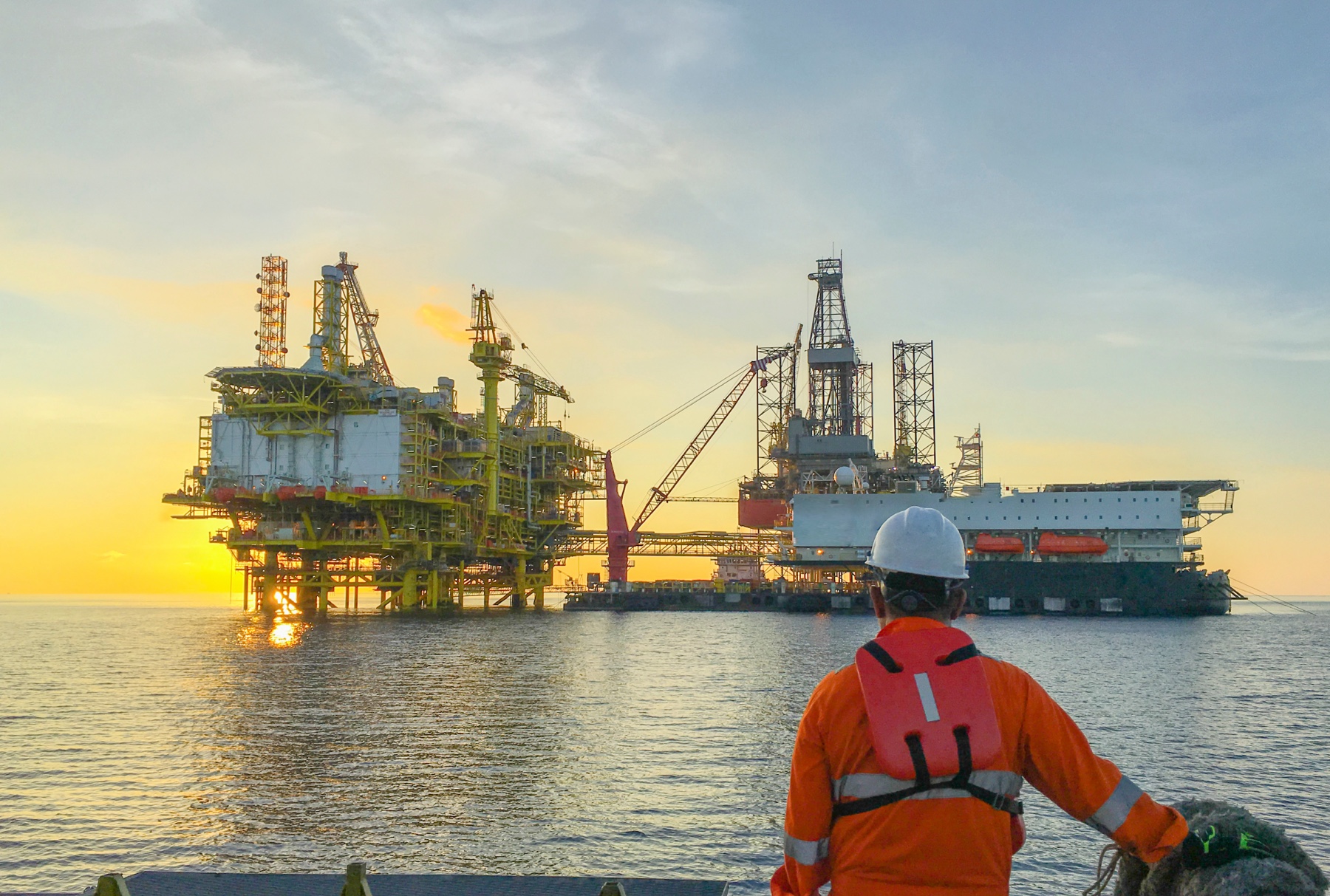Laboratory Measures of Barnacle Settlement
Protecting naval vessels from fouling using non-toxic coatings.
Project leader
Professor Tony Clare
Dates
July 2013 to December 2016
Project staff
Dr Nick Aldred
Sponsors
US Office of Naval Research
Description
The main driver of commercial antifouling coating development is cost to maritime activities. These stem from fouling.
Increased roughness and hydrodynamic drag from fouling below the waterline reduces speed. This happens for a given power output or the need to increase power to maintain speed.
Fouling also reduces the vessel’s manoeuvrability. This reduces its range and interval between dry-docking, and affects its acoustics.
There are also environmental costs:
- increased fuel consumption results in increased greenhouse gas emissions
- the spread of non-indigenous species
US Navy priorities:
- Energy security
- Maximising vessel performance
- Increasing dry dock intervals
- Environmental stewardship
Naval vessels present a unique challenge.
Their special operational parameters mean that ship hulls are under intense fouling pressure. This includes time spent underway and low cruising speeds
The US Navy seeks to protect its fleet from the detrimental effects of fouling through nontoxic means.
Toxic antifouling coatings are still the mainstay for merchant vessels. But these coatings could limit US Navy access to ports around the world. These ports have strict environmental legislation on biocide release rates.
Fouling control, through nontoxic means, remains a major challenge.
If biocides are not used, preventing fouling is about interfering with adhesion of organisms.
This principal has translated into successful commercial coatings, primarily silicone elastomer technology.
This technology self-cleans when exposed to hydrodynamic forces, such as when a ship is underway.
Barnacles are a major focus for the ONR antifouling programme. They are the most frequently encountered hard fouling organisms on ships.
Aim
To improve our understanding of the physical properties of surfaces that lead to their voluntary rejection by barnacle cypris larvae and/or that interfere with normal adhesion.
Objectives
- To determine systematically the properties of surfaces that are unfavourable to barnacle settlement.
- To determine whether such surfaces inhibit cyprid settlement by interfering with adhesion and/or by deterring searching behaviour.
- To explore the fundamental mechanisms of action of fouling-resistant surfaces, vis-à-vis surface selection by cyprids, through hypothesis-driven design of model surfaces.
- To translate the broader understanding of cyprid settlement behaviour/adhesion that will result from these studies into useful guidelines for directing future coating development.
